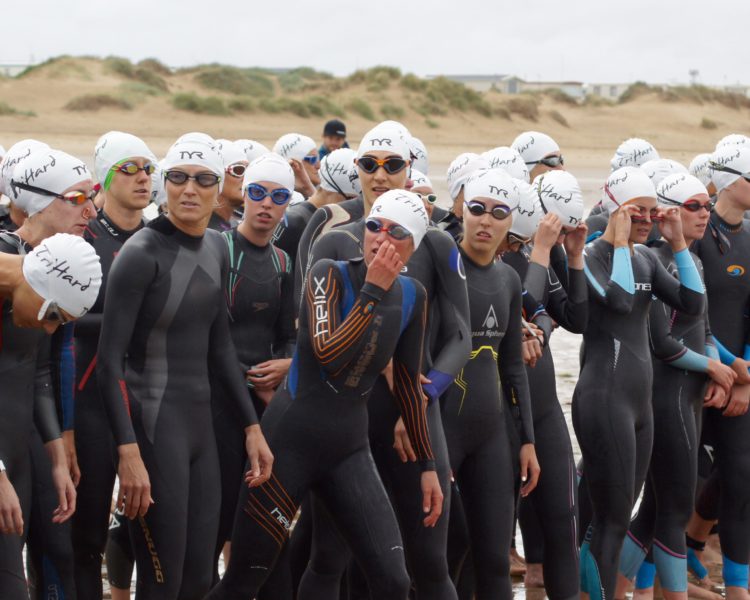There are plenty of clean and safe lakes to train in, it’s not like the old days when there were only one or two around and they were always overcrowded these days you even find lakes around London that host open water swimming sessions. You should try and get down to the lake once per week, or even more often if well looked after the lake should be much cleaner than the swimming pool as it’s fresh water without chlorine.

The more open water training you can do the easier and faster you will be when racing and you will also avoid obstacles which will slow you down or even end your race prematurely. Before every race or training session check for sharp objects, metal poles or posts as you definitely don’t want a load of stitches or broken bones before the race has even began. I would also suggest keeping the feet covered right up until the last minute so there is no chance of cutting your feet, danger assessment should be included in your training so you naturally take this approach and it becomes a ritual at every race venue.
Race practice begins the moment you take your wetsuit out of the bag, you need to lubricate the entire body to prevent chaffing (this will also enable you to get the wetsuit off in lighting speed). You will need to correctly position the wetsuit on your body which can take time especially if the wetsuit is a little tight, so give yourself an extra 10 minutes to cover your body in baby oil or Vaseline (cheapest option). Use plastic bags on your hands or get someone else to do it for you, the last thing you want is slippery hands slowing you down when swimming. Make sure the wetsuit doesn’t restrict you and take your time putting it on properly as rushing can result in tearing the wetsuit which is very costly.

SONY DSC
Open water practice also gives you the opportunity to practice your drafting skills, when done correctly drafting and sighting can save a lot of time during a race. I’ve seen so many athletes swim off course or miss a pair of feet because they didn’t practice these techniques in training. Sighting is a completely different way of using your swim stroke, it enables you to swim and navigate your way around the swim course by lifting your head up to see where your going and staying on course. Some great swimmers are not able to convert their pool swimming to open water swimming due to the fact they struggle to lift their head out of the water or find it uncomfortable swimming in murky waters. So practice is the key to getting comfortable swimming in these conditions and converting those pool times to the open water. If you don’t practice then you could find yourself coming out of the water behind someone you would usually swim rings around in the swimming pool.
Article by Stuart Hayes







